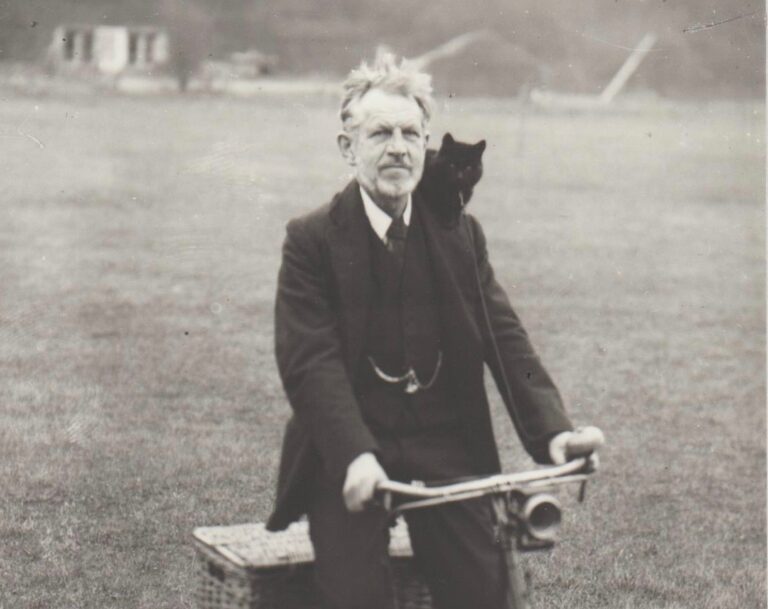What’s the unluckiest station on the London Underground? I nominate Barbican on the eastern curve of the Circle Line.
It was here, for example, that the first fatal accident occurred on the new Tube system, which when it opened in 1863 was hailed as one of the wonders of the world. Three years later, incompetent workmen dropped a four-ton iron girder onto the roof of a train just as it was leaving Aldersgate station, as Barbican was then known. Four people were killed.
Aldersgate was also the scene of the Tube’s first fatal terrorist attack, which took place exactly 125 years ago. At 19.01 on 26 April 1897, an explosion ripped apart a first-class carriage in the station. “My first impression was that something had come through the glass roof,for it was the splintering of glass which I first understood,” the stationmaster told a reporter for Lloyd’s Weekly Newspaper. “Then all was confusion. Passengers came out from the carriages screaming and demanding to know what had happened.”
“It seemed as if I was lifted upwards several times and dropped violently on the ground,” one of the ticket inspectors later recalled. “I don’t want another sensation like it.”
According to the report in Lloyd’s, the blast blew out the gas lamps on one side of the line: “Standing in the semi-darkness, the wrecked carriage, still attached in its original position to the train, looked a remarkable object. The roof and sides of the carriage had completely disappeared; but the body of the carriage was secure, though badly damaged.”
Going through the list of the ten people who were seriously hurt, I spotted one Arthur Spawforth, 33, who lived on the same street as me in Kilburn. The single fatality was Harry Pitts, a 35-year-old foreman at a rocking-horse factory. “Where am I? How did I get here?” he demanded, moments after the incident, his leg shattered. He left a wife and three children.
At first it was assumed the explosion was caused by a gas leak. Yet forensic examination revealed traces of a bomb, leading The Spectator to conclude a month later that a “foreign Anarchist” had planted the bomb “to create alarm in a bourgeois society”, before disembarking at Farringdon and, as it put it, being “instantly lost in the whirlpool of London”.
Perhaps, but who? No one claimed responsibility for the deed and the mystery has never been solved. The most popular theory, although it’s speculative, is that it must have been associates of an anarchist bomber named Rolla Richards, in retaliation for his having recently been convicted of three post office bombings and sentenced to seven years in prison.
By all accounts, Richards was a loner who suffered bouts of mental illness. An Englishman born in Clapham, he was more interested in mechanisms and watch-making than in human relations. In Deptford, he was impressed by soap-box anarchists who harangued the passing public at the Broadway. None of his post-office outrages killed anyone. At the third, his device failed to detonate, and a note was found, which declared, “Down with the Queen. Death to the Police. Justice to Ireland. Long Live Anarchy.” Richards was arrested soon afterwards.
Released after six years, he moved to Biggin Hill in the south London suburbs and married a woman named Emma. Their neighbour, a professional photographer, snapped a shot of a barmy-looking Richards riding a tricyle, a black cat perched on his shoulder. At some point, rumour has it, he repaid the favour by trying to burn down the photographer’s home.
Go to Biggin Hill now and you’ll find a plaque in the church in Cudham that memorialises Richards, “by whose generosity this church has been enriched by the gift of three bells and a clock and by improvements to the organ”. At the end, the post-office bomber, who may have inspired the Aldersgate bombing, found comfort in leaving everything to his local church.
The run of bad luck wasn’t over for Aldersgate station, however. During the war, it was devastated by the Luftwaffe, which shattered the glass-and-steel arched roof that had sheltered people on the platforms from the elements. Ten years later, it was decided that this still unrepaired roof shoud be removed—much to the dismay of the poet John Betjeman.
In a documentary, he lamented that this “took away a lot of [the station’s] personality and a lot of the feeling of the old City people who used to use it when people wore silk hats and travelled in a very respectable manner in non-smoking carriages”. He wrote a nostalgic ode, Monody on the Death of Aldersgate Station, at last giving the station its due. It concludes:
Snow falls in the buffet of Aldersgate station,
Toiling and doomed from Moorgate Street puffs the train,
For us of the steam and the gas-light, the lost generation,
The new white cliffs of the City are built in vain.

